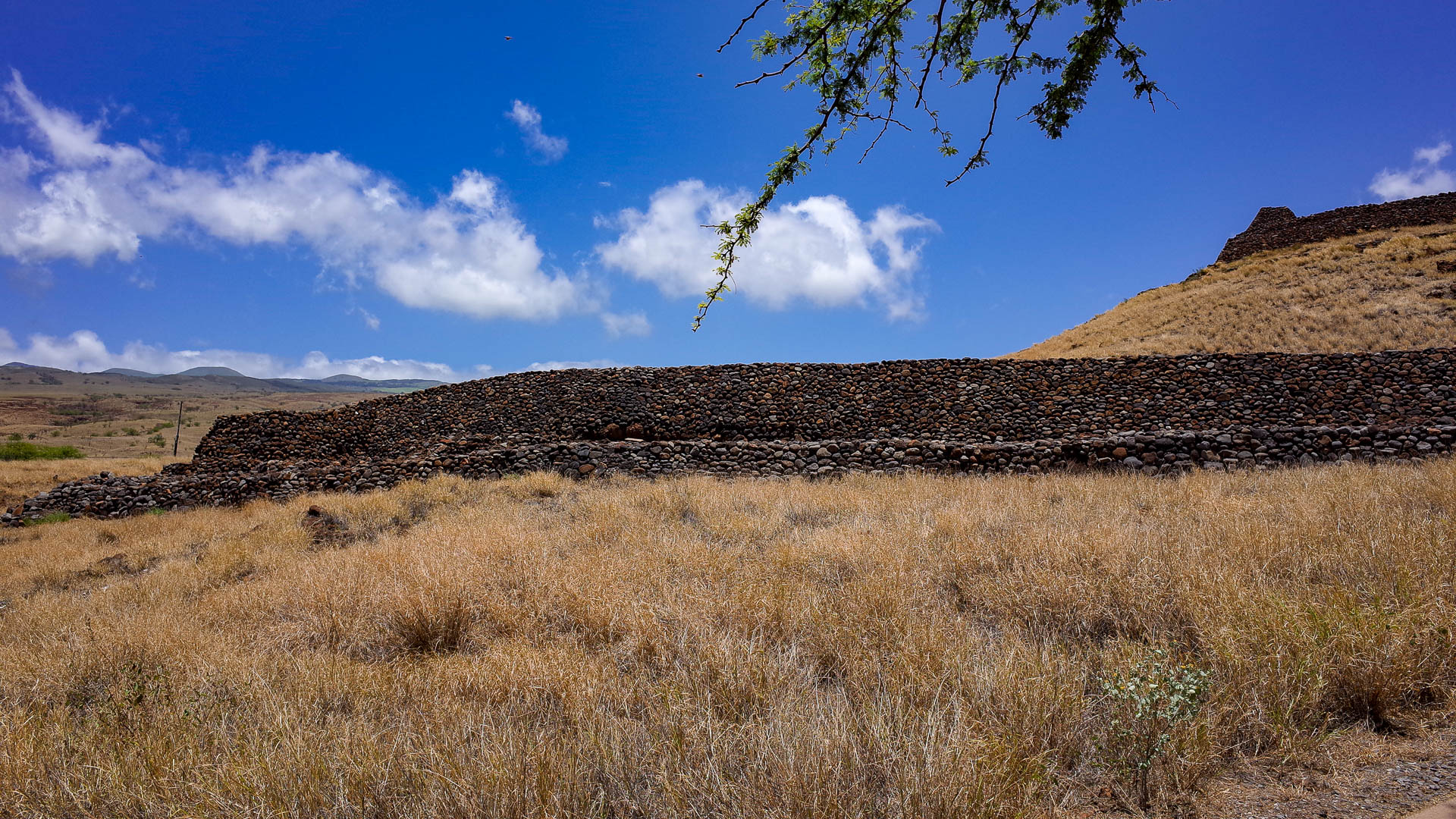DISCOVER THE ISLAND’S
LONG AND STORIED HISTORY
There are many important historical sites on the Big Island that you can visit to learn more about this unique culture. You are likely to come across unexpected historical sites during your adventures, but here are a selection for which you may want to plan a visit:
The Beauty of the People, Culture, History and the Aina
Mauna Lani Fishponds
There are seven ancient Hawaiian fishponds on the grounds of the Mauna Lani Resort. They are among the few fishponds that are managed similarly to how they were in ancient times and are still producing fish to this day. The largest pond, Kalahuipua’a, encompasses 4.6 acres and goes to a depth of 18 feet. The trailheads for the fishponds are on the East side of the Mauna Lani Beach Club.
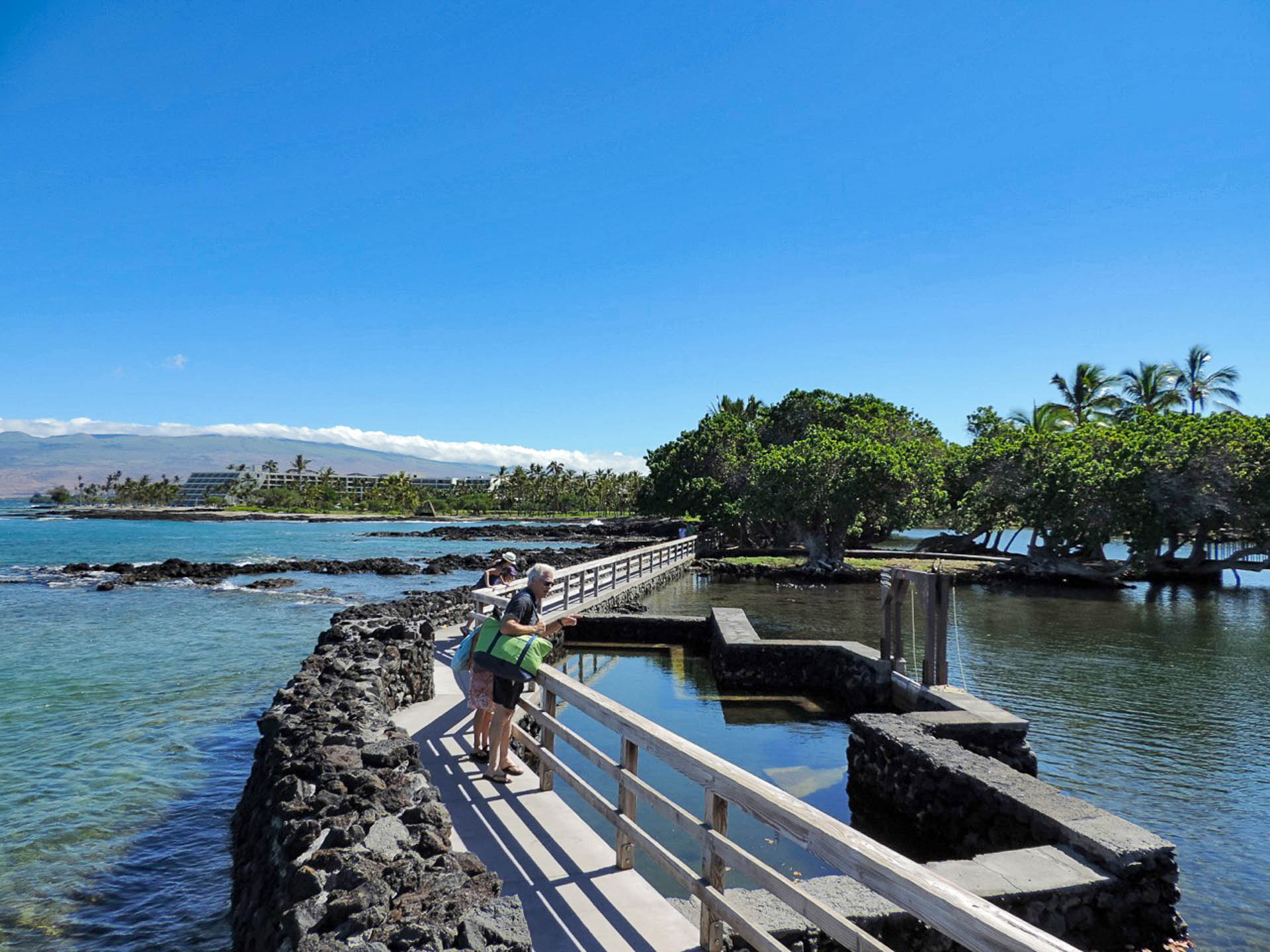
Puako Petroglyph Archaeological Preserve
On the North side of the Mauna Lani resort you’ll find the Puako Petroglyph fields. To get to the petroglyphs, follow North Kaniku Road towards the Fairmont Orchid, then turn right onto Holoholokai Beach Park Road. The parking area for the Petroglyphs trail is just before the parking for Holoholokai Beach. It is still a mystery why ancient Hawaiians carved these petroglyphs (ki’i pohaku) into the rocks you’ll find in the preserve. You’ll see many different images depicted on the stones, including dancers and sea turtles. On your walk through the field you’ll be able to observe the petroglyphs in this preserve (around 1200 have been documented by Archaeologists!) To learn more about other Petroglyph fields on the Island visit our Petroglyphs page.
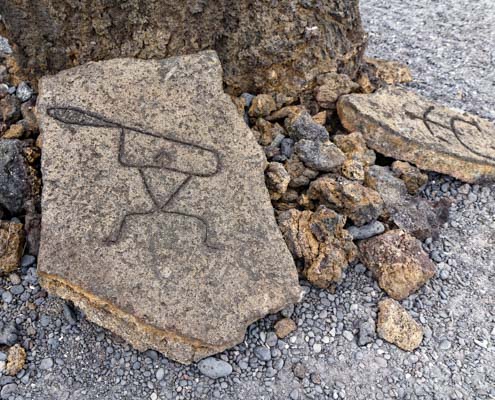
Kona Historical Society
The Kona Historical Society offer three living history programs in Kona:
- Kona Coffee Living History Farm
- Open Monday to Friday between 10am and 2pm, this historical farm uses costumed interpreters who tell the story of Kona’s coffee pioneers of the early 20th century. On your self-guided walk through the property you’ll see coffee trees, “Kona Nightingales” (donkeys), farmers milling and drying coffee and the original 1920 farmhouse with a homemaker inside. You can also sample the farm’s 100% Kona coffee and purchase some to take back home!
- HN Greenwell Store Museum
- This store was constructed in 1870 by Englishman Henry Nicholas Greenwell to serve the needs of the immigrant community in the remote Kona district. He owned thousands of acres of ranchland around the store and helped to develop the Kona ranching industry with his family. It’s the oldest surviving store in Kona and one of the oldest buildings in Hawaii. The Kona Historical Society has restored this store to authentically replicate what it would have been like in the 1890s. The store is open Tuesdays and Thursdays between 10am and 2pm
- Portuguese Stone Oven Baking
- Portuguese people, mainly from the Azores and Madeira, made their first arrival in Hawaii in 1878. They came to work the sugar cane plantations and as they became landowners they contributed their generational knowledge to the ranching industry. They were a major force in developing the dairy industry on the Island. Their skills as stone masons allowed them to create miles of stone cattle pens and fornos (stone ovens) for cooking and baking bread. The oven at the Kona Historical Society can hold over 30 loaves of bread. Every Thursday from 10am-1pm staff and community come together to roll dough and bake bread in this communal oven. The loaves are sold for $8.00 and are available straight out of the oven around 1:00pm.
Pu’ukoholā Heiau National Historical Site
Just North of Spencer Beach in Kawaihae you can find the last major temple (heiau) built by early Hawaiians. Built by Kamehameha when he was a young warrior chief on the advice of his priest (kahuna), Pu’ukoholā Heiau is a tribute to the war god Kukailimoku. The priest’s prophecy said this offering would bring aid from the god in Kamehameha’s efforts to unite the Hawaiian Islands. Shortly after this massive temple was built Kamehameha did in fact succeed in unifying the Hawaiian Kingdom. Pu’ukoholā, meaning ‘hill of the whale”, is also a scenic place to whale-watch during the winter months. The Visitor center features videos, exhibits and a small museum, and is open from 7:30am-5pm daily. You can take a ½ mile walking tour on the park trail and learn more about other historic places within the grounds.
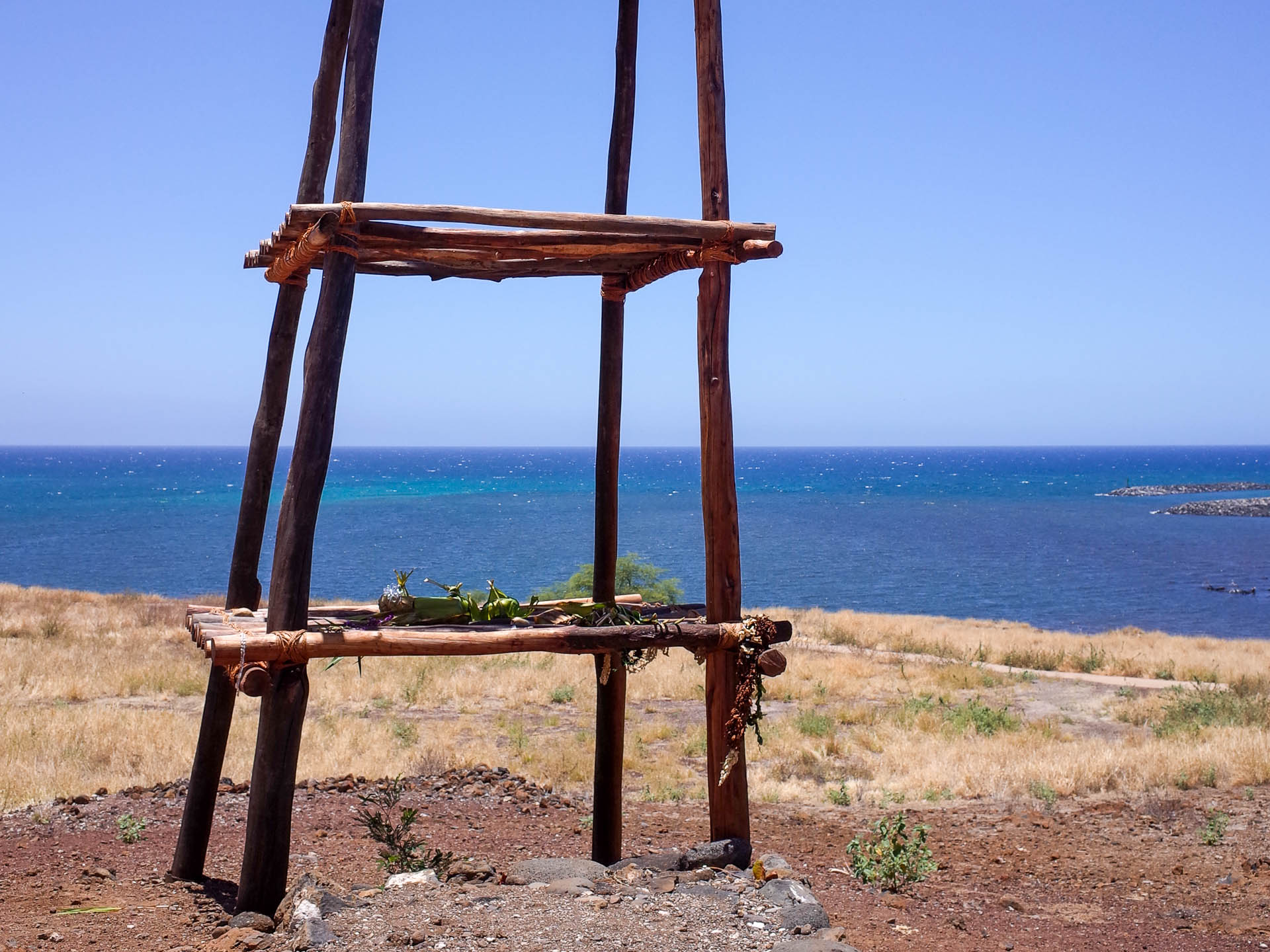
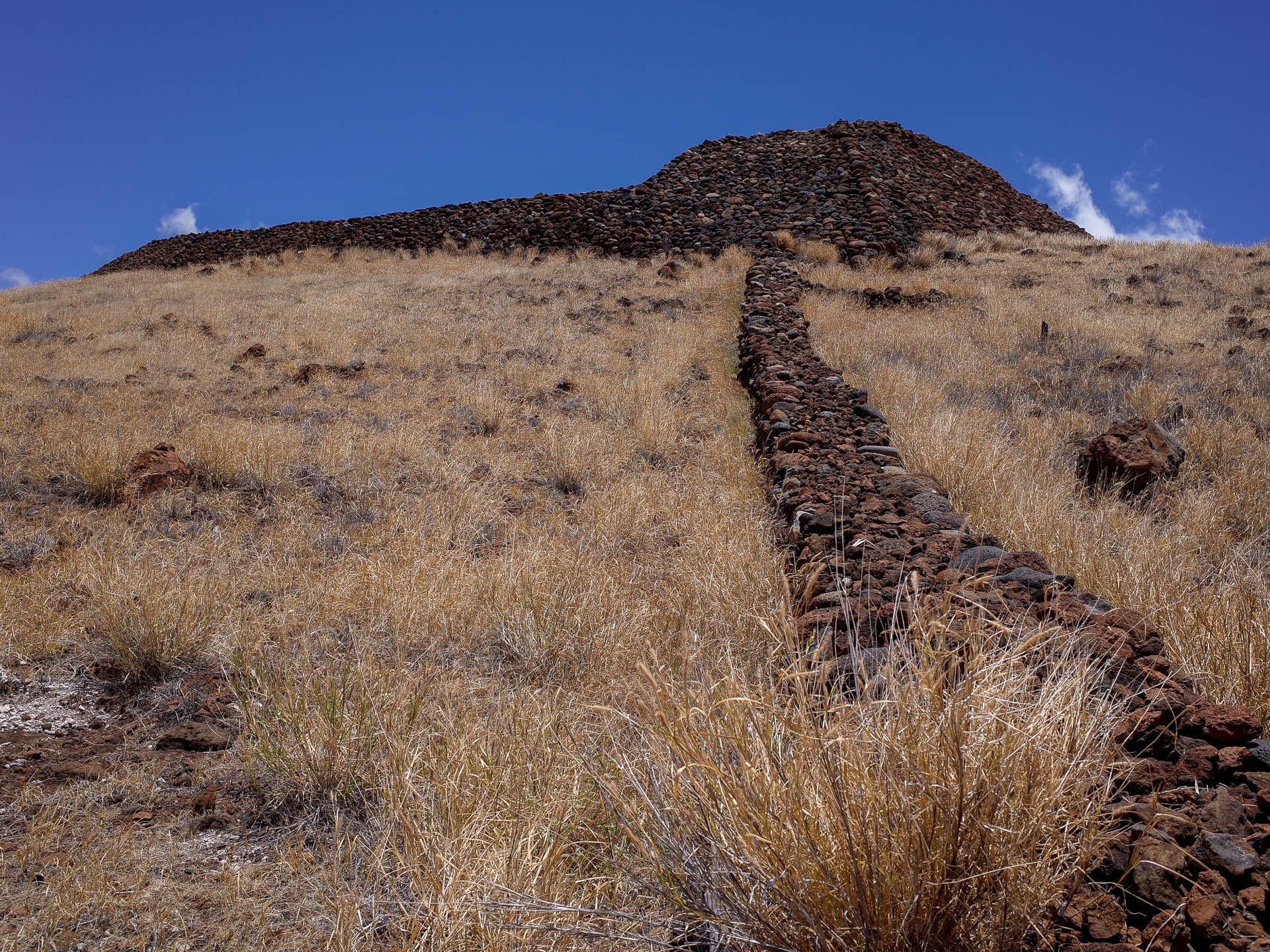
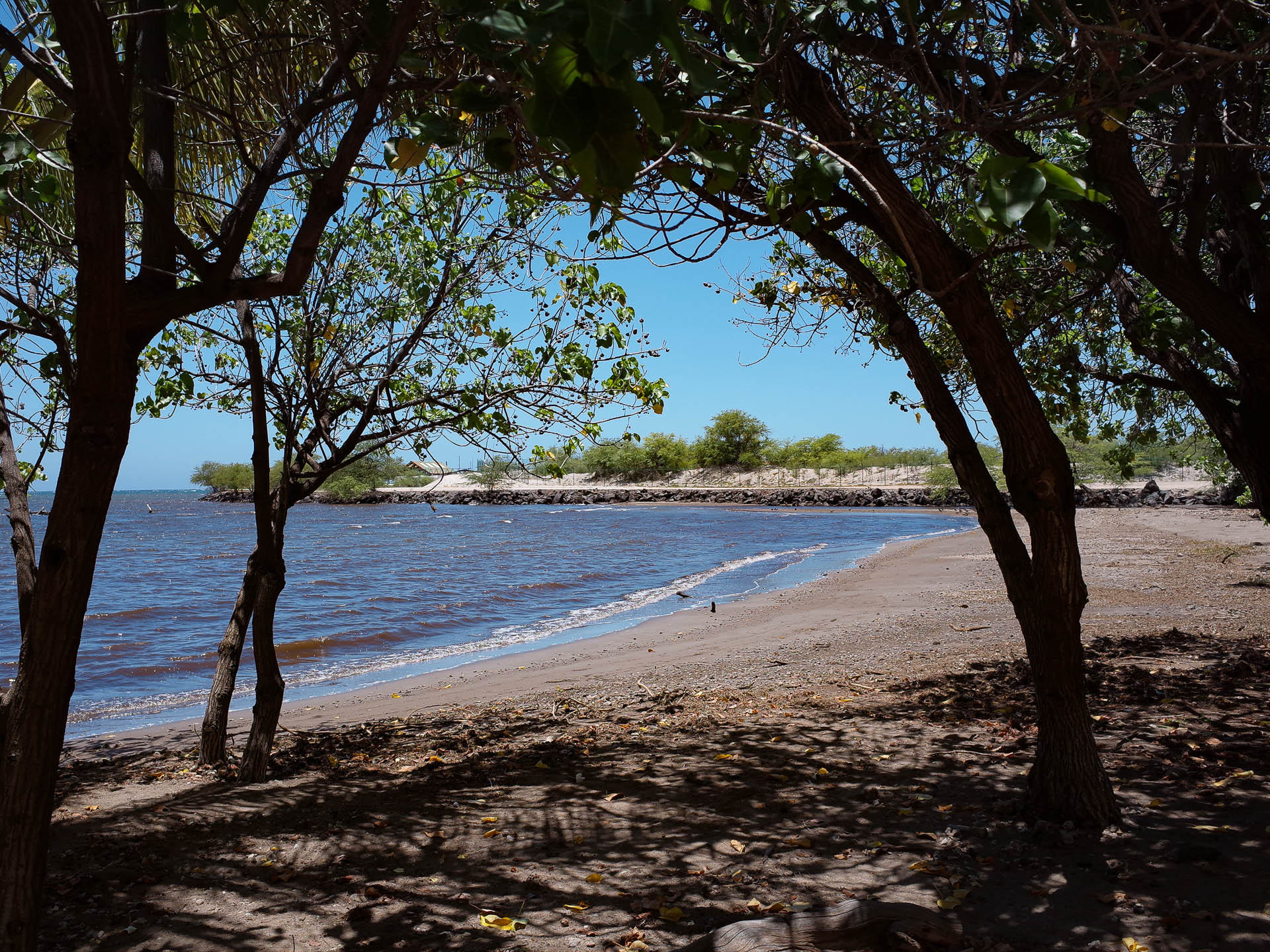
Kealakekua Bay State Historical Park
This state park at Kealakekua Bay in South Kona was the landing site of the first westerner to come to the Island, Captain James Cook. It also marks the site of his death (the result of a skirmish with Native Hawaiians) and is home to the Captain Cook monument, a white obelisk, that memorialises this event. You can visit the Hikiau heiau, a temple dedicated to the Hawaiian god, Lono. Kealakekua Bay is a Marine Life Conservation District and is known for snorkeling, scuba diving and kayaking. Admission is free and the park is open daily during daylight hours.
Kaloko-Honokōhau National Historical Park
This coastal park is just South of the Kona International Airport. You can hike to see sacred temples (heiau), petroglyphs (ki’i pohaku), two Hawaiian fishponds and four traditional mountain to sea land divisions (ahupua’a). Start your visit at the Visitor Center, open 8:30am-4pm daily to learn more about their special programs and guided tours.
Pu’uhonua o Honaunau National Historical Park
You’ll find this 180-acre park at Honaunau Bay in South Kona. This national historic park was a ceremonial site and refuge for fugitives who had broken sacred law (kapu). If the fugitive was able to come within the walls of the Pu’uhonua they could seek forgiveness through a ceremony of absolution after which they would be allowed to return to society. You can do a self-guided walking tour through the park and see the Great Wall, wooden images gods (ki’i) outside the sacred temple, Hale o Keawe Haeiau, that housed the bones of 23 chiefs (ali’i). The Visitor Center is open from 8:30am-4:30pm daily. The Junior Ranger Program is available at this park for children who want to earn a junior ranger badge during their visit!
Lapakahi State Historical Park
Lapakahi is a partially restored traditional fishing village that dates back to over 600 years located 12.4miles North of Kawaihae Harbor on Hwy 270. Here you can learn more about what life was like for the Native Hawaiians who lived in this village. There is a one mile self-guided tour past restored homes and lava stone walls. The park is open 8am-4pm daily, and is closed on state holidays.
We recommend contacting organisations directly to get the most up to date information about their operations.





